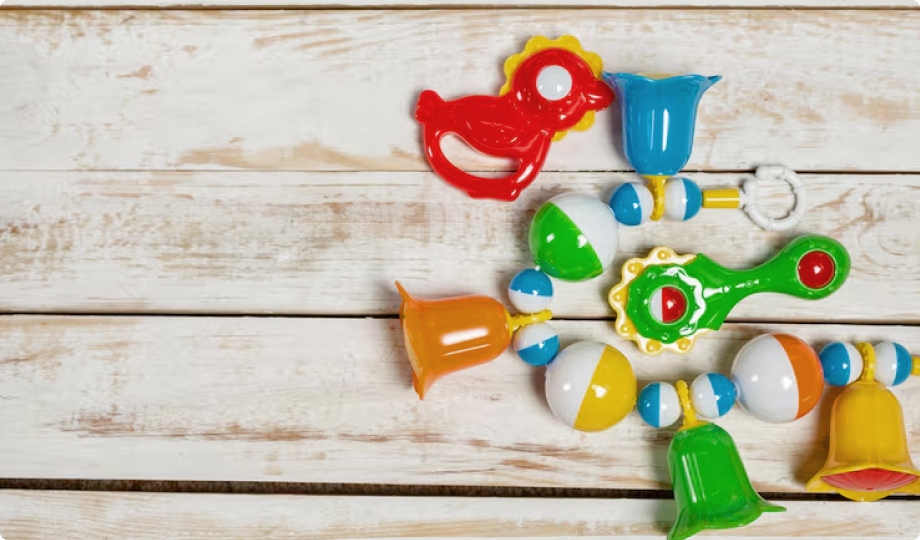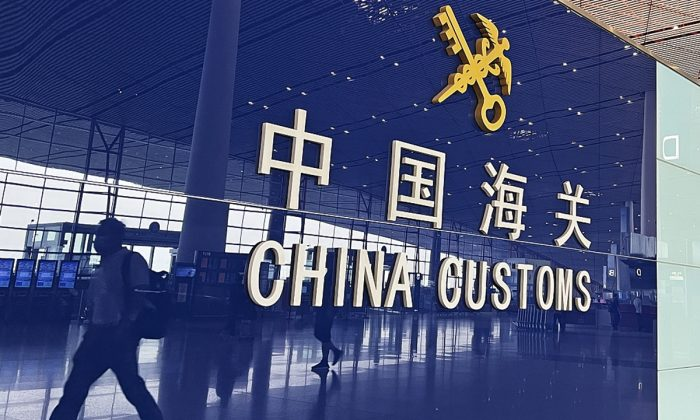In an era where toy production and distribution have become globalized, with approximately 65% of these products manufactured in Asia, the European Union (EU) stands out in its toy regulations for its rigorous standards to ensure the safety of toys intended for children under the age of fourteen.
The EU Toy Safety Directive (2009/48/CE) sets specific requirements for physical properties, flammability, chemical properties, electrical properties, hygiene, and radioactivity. This regulation is not only essential for the safety of children, but also impacts the global dynamics of the toy market.
In the current scenario, toy manufacturing and distribution know no borders. With an impressive 65% of toys produced in Asia, manufacturers and retailers in the sector are constantly seeking to optimize costs and efficiency by establishing connections with global suppliers. This practice, while economical, highlights the importance of robust, global regulations that ensure the quality and safety of toys.
Safety in EU Toy Regulations
The backbone of EU regulation is the Toy Safety Directive (2009/48/EC). This directive addresses a wide range of issues, from physical and mechanical properties to flammability, chemical properties, electrical properties, hygiene, and radioactivity. Toy safety becomes a priority for manufacturers and distributors seeking to comply with the rigorous requirements set out in Annex II of this directive.
The Toy Safety Directive not only sets strict standards, but is also mandatory for all toys imported and sold in the EU. The CE marking, which denotes compliance with this directive and other applicable regulations, becomes a crucial hallmark for legal access to EU member states. Child safety thus becomes a central element in the production and marketing of toys.
Ever-changing toy regulations
The field of toy safety continues to evolve, as demonstrated by the recent amendment to Annex II of Royal Decree 1205/2011, of August 26, on toy safety. This update, made through Order PCM/1048/2022, establishes specific limits for aniline in textile toys, leather, and finger paints. Aniline, classified as a carcinogen and mutagen, has been the subject of attention by toy safety experts and regulatory bodies.
Similarly, Royal Decree 1205/2011 incorporates Directive 2009/48/EC, establishing requirements for carcinogenic, mutagenic, or toxic chemicals. Expert recommendations on the restriction of aniline in toys and their components underscore the importance of ongoing risk assessment. The role of the Scientific Committee on Health and Environmental Risks and the Expert Group on Toy Safety reflects an ongoing commitment to child health and product safety.
Laboratory testing for toys
The marketing of toys in the EU goes beyond compliance with Directive 2009/48/EC. Manufacturers must consider additional regulations, such as EN-71, which addresses specific aspects of toy safety. Technical documentation, testing, and CE marking are essential for compliance and successful marketing. The roles and obligations of manufacturers, importers, and distributors are key to maintaining the integrity of the process, from production to arrival at the end consumer.
The end consumer, in this case parents and caregivers, plays a crucial role in ensuring toy safety. Beyond CE marking, general warnings, such as age and supervision guidelines, are essential for informed choice. Reporting suspected non-compliance or safety issues to consumer authorities provides an additional mechanism to protect consumers.
Toys and private label retailers
With the rise of e-commerce and marketplaces such as Amazon, you may have come across this article while searching for information about a product you want to sell under your own private label. If this is the case, you have acquired the responsibilities that the regulations attribute to manufacturers, and it is very important that you are aware of all the aspects and actions you must carry out in order to import your product in accordance with the regulations.
According to the European Union’s Toy Safety Directive, manufacturers are responsible for conducting tests and assessments to ensure that their products meet rigorous safety requirements, compiling a technical file that includes a declaration of conformity, and applying the necessary markings. This includes verifying aspects such as physical and mechanical properties, flammability, chemical properties, electrical properties, hygiene, and radioactivity.
In addition, they must thoroughly document the conformity of their products and ensure that toys bear the CE marking, a manufacturer’s declaration that the product complies with all applicable requirements. Technical documentation and the availability of information upon request are also crucial obligations for manufacturers, thus contributing to the transparency and safety of the toy market.
Count on professionals for your CE marking for toys
Ensuring that toys comply with safety regulations is a shared responsibility between manufacturers, regulators, and, of course, consumers. In this regard, having the expertise of professionals in regulatory compliance consulting becomes essential. At Zertify & Comply, we understand the importance of child safety, putting our expertise at your disposal so that you can import your product with complete confidence and in compliance with regulations.
If you have any questions about regulatory compliance for toys or any other matter, please contact us and we will be happy to help you.





